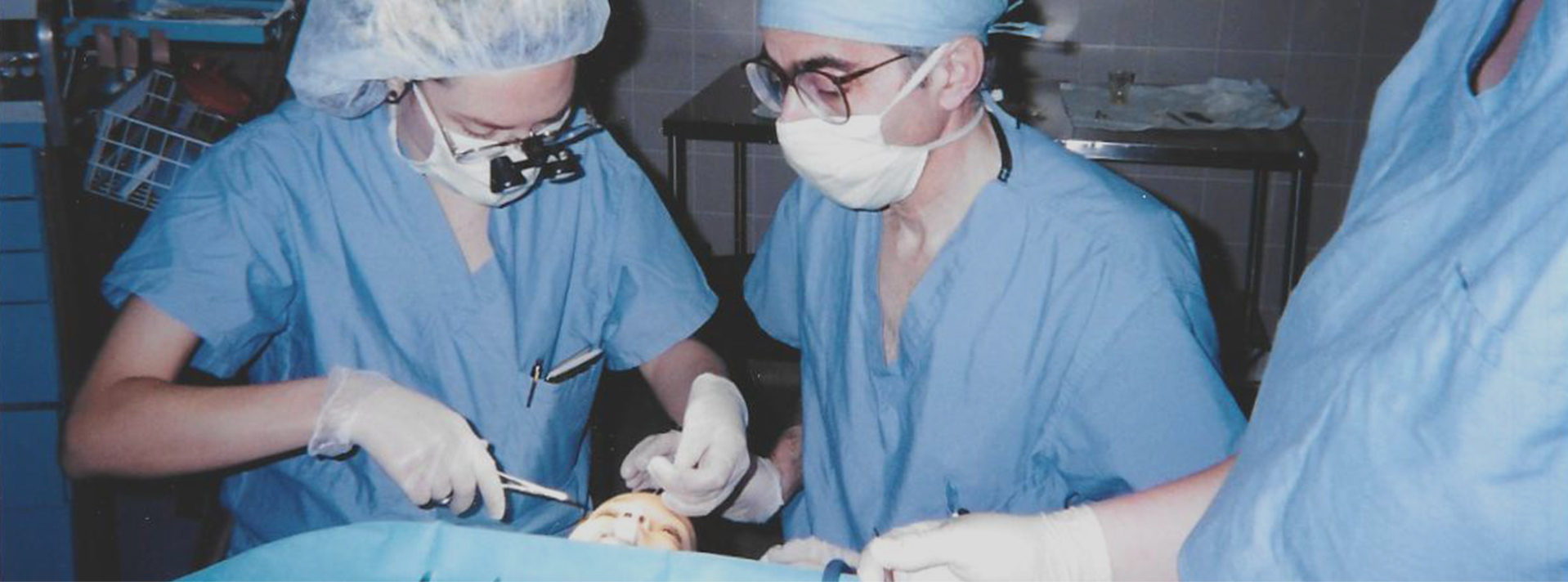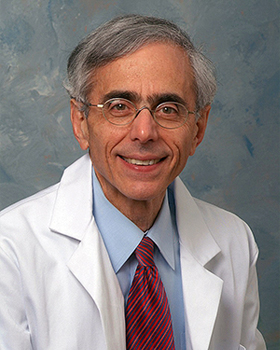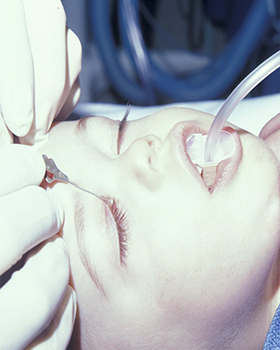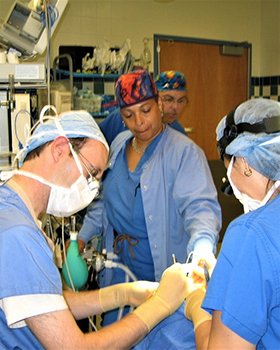Every child deserves good vision to learn, play and to experience life fully. Help restore vision before it's too late.
An increasing number of patients who do not qualify for state or federal assistance, have no Medicaid or health insurance, are not admitted by medical establishments. Distressed patients arrive to the clinic daily and require immediate medical care: These kids are not only afflicted with eye disorders, but their families endure continuous rejection for their inability to pay. Some patients arrive with no insurance and barely a pair of shoes, a truly heartbreaking situation. Our job is to welcome them and provide consultation, the best treatment and/or surgical care at no cost to the families. In some instances, we provide medication and even transportation.
The exceptional team of pediatric ophthalmologists at the Center volunteer their time, skills, and facilities to preserve and restore the sight of children who do not have health insurance or those who cannot afford quality eye care. Donated Professional Fees in 2021 were valued at $476,250 and included: 1,565 patient exams and evaluations, 80 surgical procedures, 100 hospital consultations, 300 newborn screenings and 25 Emergency Care cases at Scottish Rite Hospital.
Take Action Today
Our Doctors
Meet our team of amazing doctors who are committed to providing compassionate and comprehensive eye care to any child in need.
Our Services
Our programs and services are directed toward early intervention and providing ophthalmologic care to a critically underserved population.
Our Mission
Our Goal is to restore and preserve eyesight to be used for a lifetime
Our mission is to provide eye care in the form of diagnosis and treatment to children in need, especially those children who lack funding for seeing a pediatric ophthalmologist.
Success Stories
Restoring vision and independence
Pediatric Neuro-Ophthalmology
July 12, 2025This several month old infant has eyes looking downward and bilateral upper eyelid retraction. We call this the "setting sun sign" as the eyes appear to be "setting". This child has nothing wrong with the eyes but this is a sign of increased pressure in the brain.
A mother is rewarded with a smile!
July 4, 2025Dr. Pollard examined a 3-year-old child with extreme nearsightedness. When the child was fitted with glasses for the first time, he looked at the doctor and smiled.
Twins open their eyes at last!
June 26, 2025Dr. Pollard operated on twin girls born with severe ptosis (droopy eyelids) resulting in a slit-like opening of only 1-2 mm.





